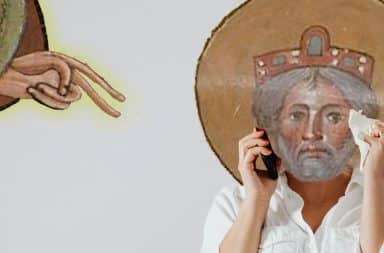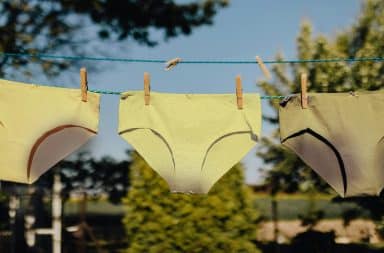I am well acquainted with subpar magic. The first magic show I ever watched was in the hall of my elementary school nestled in the sunny suburbs of Harare, Zimbabwe. I was only eight, but even then, I knew the performance was questionable.
It mostly involved disappearance by obfuscation; the magician would display an object on stage committing to make it vanish. Plumes of black smoke would then billow from a poorly concealed smoke machine and/or exhaust of some sort. We, the kids in the audience, would cough and gasp for air while rubbing our stinging eyes. It is unclear why the fire alarms didn’t sound (if in fact there were any), and so this mass suffocation proceeded unimpeded. In the end, the dense smoke was diffused by two sizable fans, revealing a stage clear of the object in question. Magic!
This routine eventually ran its course after four asphyxiating loops (and remains one of the most effective anti-smoking PSAs ever designed).
While I can’t recall the magician’s full body of work, I do remember elements of wholly unconvincing hypnosis, and generous doses of child endangerment. At one point my little brother volunteered his participation, hopping into a crate to be transformed into a monkey. As it turned out, during the (at least) five minutes between my brother jumping into the crate and the Vervet monkey being yanked out (quite the magical transfiguration), my brother was trapped in a dark box with an unrestrained, wild animal. My mother was unimpressed—some might say furious.
While this performance left me skeptical about the practice of magic as an art form, I took comfort in believing there had to be better magic out there.
That comfort was misplaced.
I recently found myself in a dingy, not-up-to-code basement in Times Square, New York, as part of an audience of five, watching the single worst magic show in the history of sorcery. The magician was completely underqualified. His magic largely consisted of him repeatedly guessing (incorrectly) the playing cards selected from his deck by an audience member. In the end, he adjusted the parameters of the trick from predicting the exact card suit and number to simply foretelling its color. In his stack of red and black cards, this 50/50 chance eventually saw his magic trick succeed.
All the levered-to-hoist fishing twine was so thick and indiscreetly placed that shakily “levitating” objects were not defying gravity but in fact reaffirming its pull. There was no smoke. There were no mirrors. Everything appeared exactly as it was. Part of his make-my-assistant-vanish-into-thin-air illusion involved his assistant’s silhouette scurrying off stage when the lights only partially went out. Could we perhaps have pinned that mishap on the stage-lighting crew? We could not, for the magician’s hour-long track record left no question as to where primary culpability lay. In terms of specific skills, sleight of hand is an art over which this not-a-wizard had minimal mastery. His leisurely execution of pretty much every maneuver laid bare the core mechanics set forth in the Magician’s Handbook of Secrets. Essentially, he systematically betrayed his profession throughout the night.
The rabbit-out-of-a-hat trick was objectively passable, but occurred long after he had already lost credibility. As for the sword-down-his-throat antic, to give the semblance of being swallowed, the long, blunt, sword-adjacent instrument positioned in his gaping mouth jerkily collapsed onto itself in segments. No esophagi were in danger of being shredded. No intestines were at risk of being gored. That was clear, even from the back of the room.
Now this? This was a master class in how not to practice magic.


